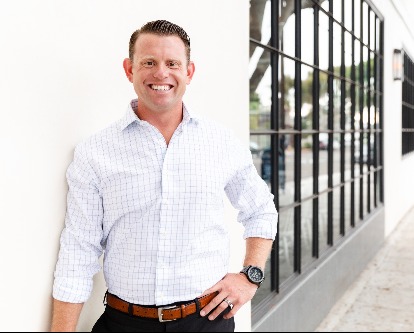Since you mentioned my son, J.P., I reached out to him for his feedback and I thought I’d share his response as he’s captured my commitment to the program very well:
“Haha wow, quite the question. You’ve said before that this industry has provided you great opportunities and successes in the past, and the risk management program was one way of giving back to the industry and leaving a legacy going forward. I think you have definitely accomplished this by providing mentorship, leadership, and opportunities for not only the students of the program but also everyone else that has contributed to the program. The risk management program is not just a curriculum that students can join and use as a springboard into the insurance industry post-college. It is an organization that has value for people of all ages and experience. That’s where I think your dedication has come in. You have always been someone who wants to include everyone with a ‘the more the merrier’ type of attitude, and that has been the catalyst to making this program what it is today.”
